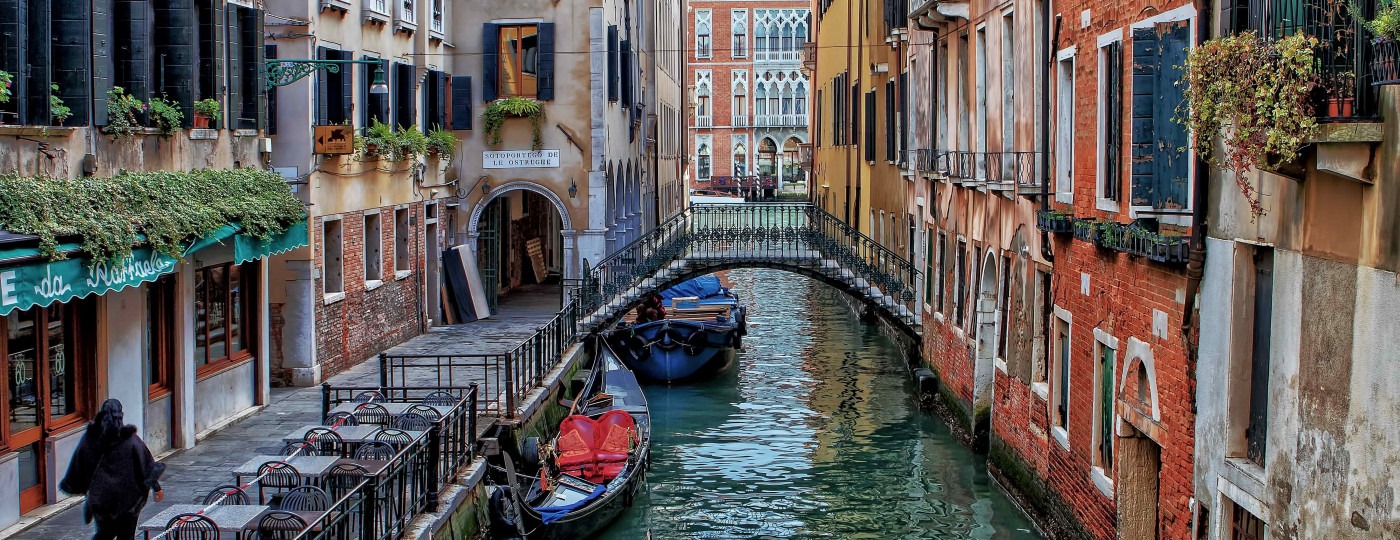Venice waterways dry up as Italy braces for another year of severe drought
Last year, Italy suffered it worst drought in 70 years. This led to a state of emergency in areas surrounding the Po river, a site that accounts for roughly a third of Italy’s agricultural production, and it was the continuation of a water deficit situation that had been building up since the winter of 2020-21. There were hopes that the situation would begin to improve, but news this year has been discouraging – the country is facing another drought, and Venice’s famous canals are now starting to run dry. Scientists and environmental groups are raising the alarm about the implications of this drought for farming, hydropower and even access to drinking water. In Venice at this time of the year, people are typically concerned about the prospect of flooding. That is far from the case in 2023, as unusually low tides are making it impossible for gondolas, water taxis and ambulances to navigate some of the city’s routes.
There were hopes that the situation would begin to improve, but news this year has been discouraging
This drought is attributable to a number of factors – there’s a high pressure weather system in effect, and the impact of the full moon on sea currents and tidal flows have also fuelled the canals drying up. It is unfortunately not only area to be suffering, as the Alps have received half their normal amount of snowfall, and water levels in Lake Garda have fallen to record lows, exposing long-concealed walkways. In addition, rainfall has heavily declined. According to Italy’s National Research Council (CNR), in the north of the country, it was down 40% in 2022, and that the absence of precipitation since the beginning of this year had been significant. Although some rain is expected in the coming days, there are serious concerns that the Po will face a similar drought this year. In the Pavia area of the Po valley, the water level is three metres below the zero gauge, turning the riverbanks into beaches – this is an occurrence that normally only happens during the summer. Luca Mercalli, the president of the Italian Meteorological Society, said: “Nothing has changed since 2022. We are still in a situation of deficit… let’s wait for the spring, which is usually the rainiest period for the Po valley. There is a good possibility that rainfall in April and May can compensate – it’s the last hope. If we have no spring rain for two consecutive years then it would be the first time this has ever happened.”
There are many eyes on the Po valley, as it is an area that is responsible for both significant food production and the generation of hydroelectric power. The 2022 drought caused around £5.4 billion worth of damage to agricultural produce, according to the farmers’ association Coldiretti, which warned a third of production is at risk this year too. The lack of water affects the production of hydroelectric energy, and seawater encroaches up the river when the level is low, rendering the available water unusable for both farming and drinking.
The water level is three metres below the zero gauge, turning the riverbanks into beaches
Last summer, the Draghi administration released €36.5 to help areas affected by the drought, and allowed local authorities to bypass certain bureaucratic processes to impose water rationing measures, for example. However, in some cases – particularly the Po basin authority led by Alessandro Bratti – the relevant bodies could only advise, rather than having legal powers. The Draghi funds remain, but Bratti said that new anti-drought measures has been slow in coming since the election of Giorgia Meloni in October last year. He added: “There are many entities involved and the protocol at the moment is voluntary. There needs to be a law that gives the basin authority the power to work out the problem and decide what to do – it could be telling farmers to stop drawing water for a month or stopping hydroelectric power for a week. We have projects and funds for hydrological infrastructure, such as building barriers to prevent the sea from entering the river. There is also a proposal to build 10,000 lakes, and to introduce technical systems to cut down the waste of water in farming. We now need to accelerate the projects.”
Although climate scientists at the World Weather Attribution group say that climate change is not to blame for all droughts, they highlight the fact that such shifts are making drought in the Mediterranean more severe and likely. The Po valley has experienced droughts in 2007, 2012, 2017, 2022 and now possibly this year, and experts warn that their prevalence is potentially a sign of things to come.

Comments